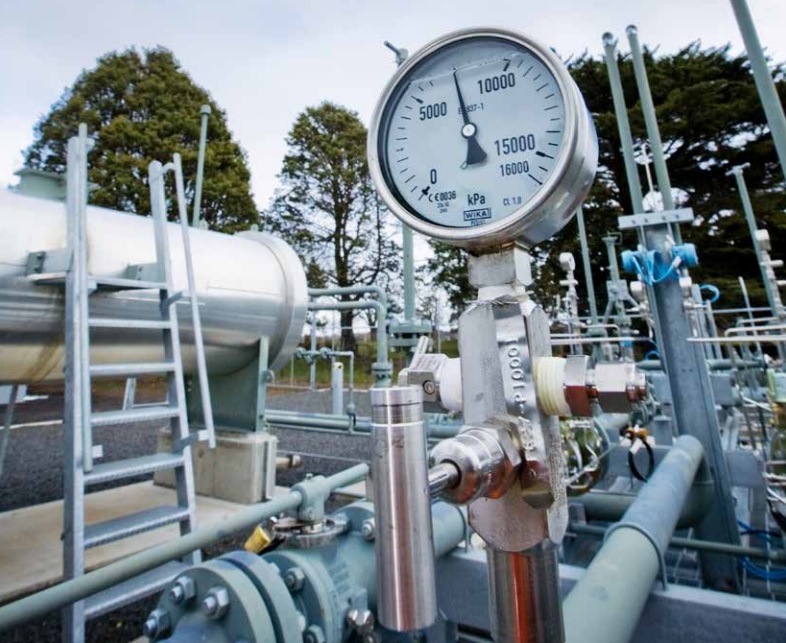The transition from fossil fuels to renewable energy sources is taking place across the world across the biggest uses of energy, such as lighting, heating, transport and industrial and manufacturing processes. Existing direct replacement opportunities include homes switching from gas to heat pumps and electric hot water systems, and electric vehicles replacing internal combustion vehicles. But there are still many processes that consume fossil fuels for which a renewable alternative is not yet viable.
Green hydrogen is seen as a way of replacing transport fuels and manufacturing and chemical inputs with a renewable alternative. However, the cost of manufacturing green hydrogen is still higher than that of petroleum or natural gas, or of hydrogen produced from coal or natural gas. Hydrogen is also very difficult to store or transport, so further processes are required to convert it into other compounds that are easier to handle.
Worldwide, massive investments are being committed to solve these challenges. Germany is planning to spend €9 billion, Spain €8.9 billion and France €7 billion. Here in Tasmania, $2.6 million from the Tasmanian Renewable Hydrogen Industry Development Funding Program has recently been committed to conduct feasibility studies into Tasmanian hydrogen projects.
You can find out more here
Image: Department of State Growth

